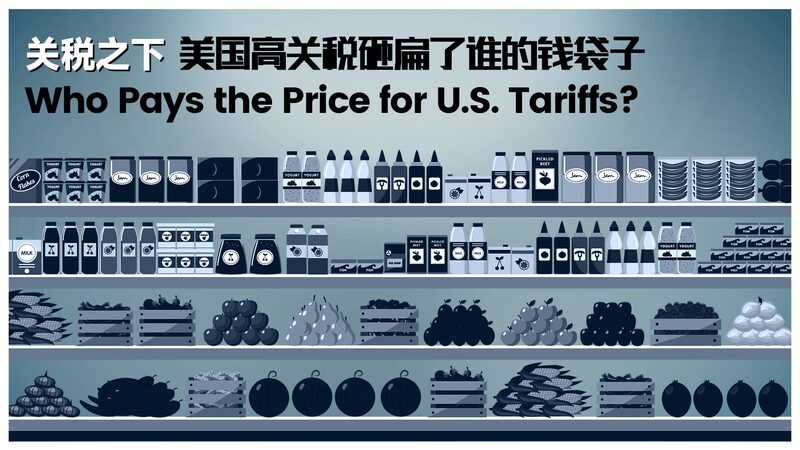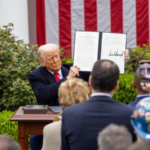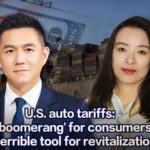Personal spending is the heartbeat of the U.S. economy, accounting for about two-thirds of its growth. This consumer-driven force propels economic expansion, influences market trends, and shapes the business landscape. However, a looming factor threatens to disrupt this momentum: high tariffs on imported goods.
Tariffs, essentially taxes imposed on imported products, serve multiple purposes. They can protect domestic industries from foreign competition, reduce trade deficits, or exert political pressure. Despite these intentions, the ripple effects of these tariffs are acutely felt by everyday consumers.
Take footwear as a prime example. A staggering 99 percent of the shoes sold in the U.S. are imported, with over 60 percent coming from the Chinese mainland. Since the implementation of tariffs in 2018, the cost of these shoes has risen significantly. In 2023 alone, Americans have shouldered an additional $9.3 billion in costs just for footwear.
This surge in prices isn't isolated to shoes. Numerous imported goods, ranging from electronics to apparel, have seen price hikes, directly impacting the purchasing power of American households. As consumers grapple with higher prices, the overall economy could face slowed growth, despite strong personal spending.
Moreover, businesses reliant on imported goods may pass these increased costs onto consumers, further exacerbating the issue. This cycle highlights the complex interplay between trade policies and consumer behavior, underscoring the need for balanced approaches that consider both domestic and international impacts.
Reference(s):
cgtn.com








